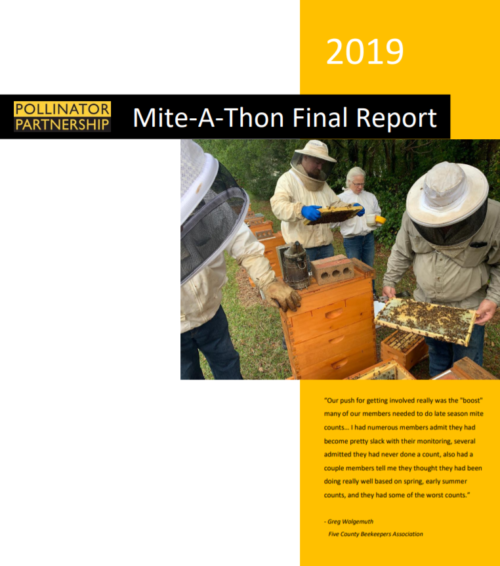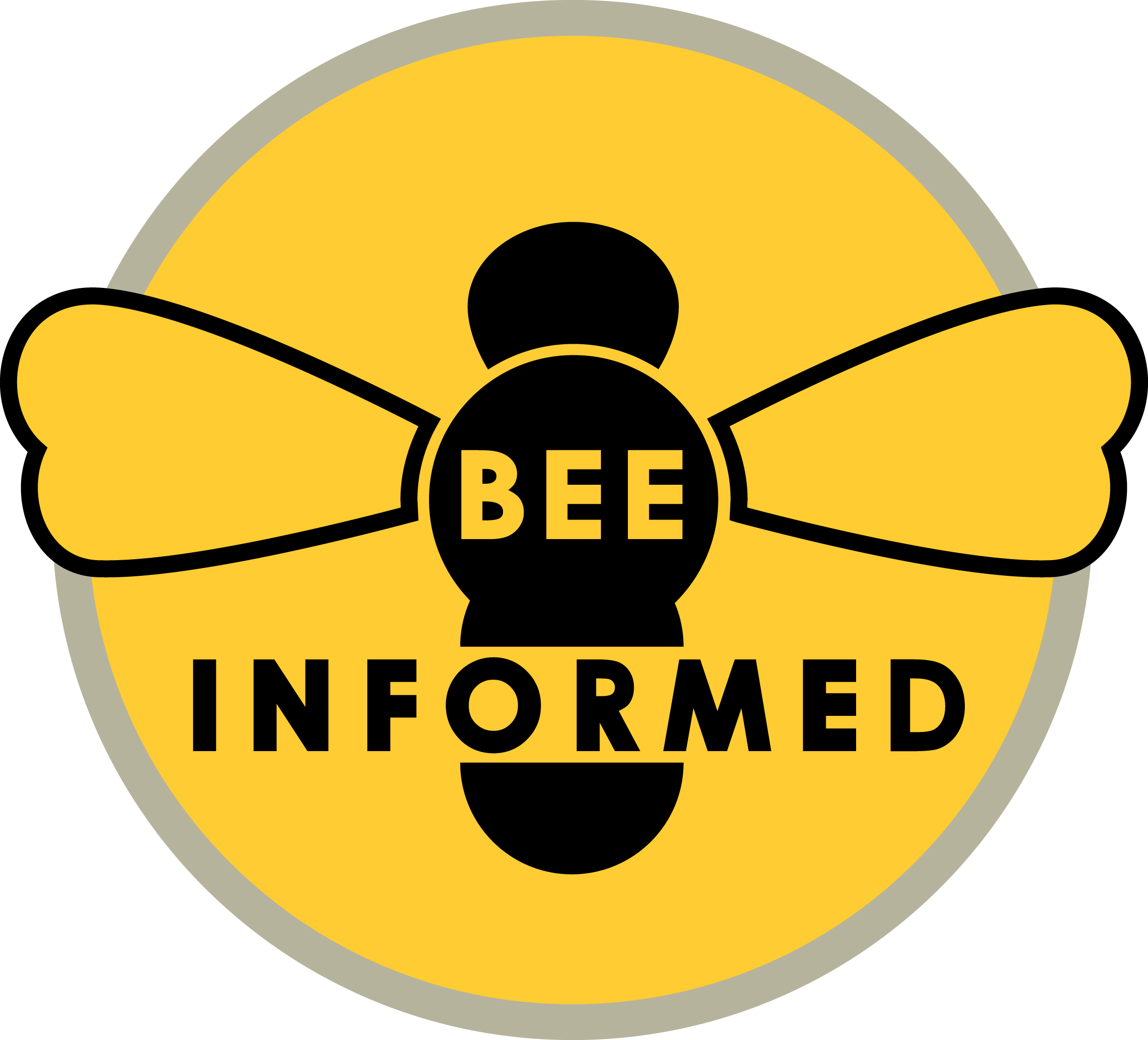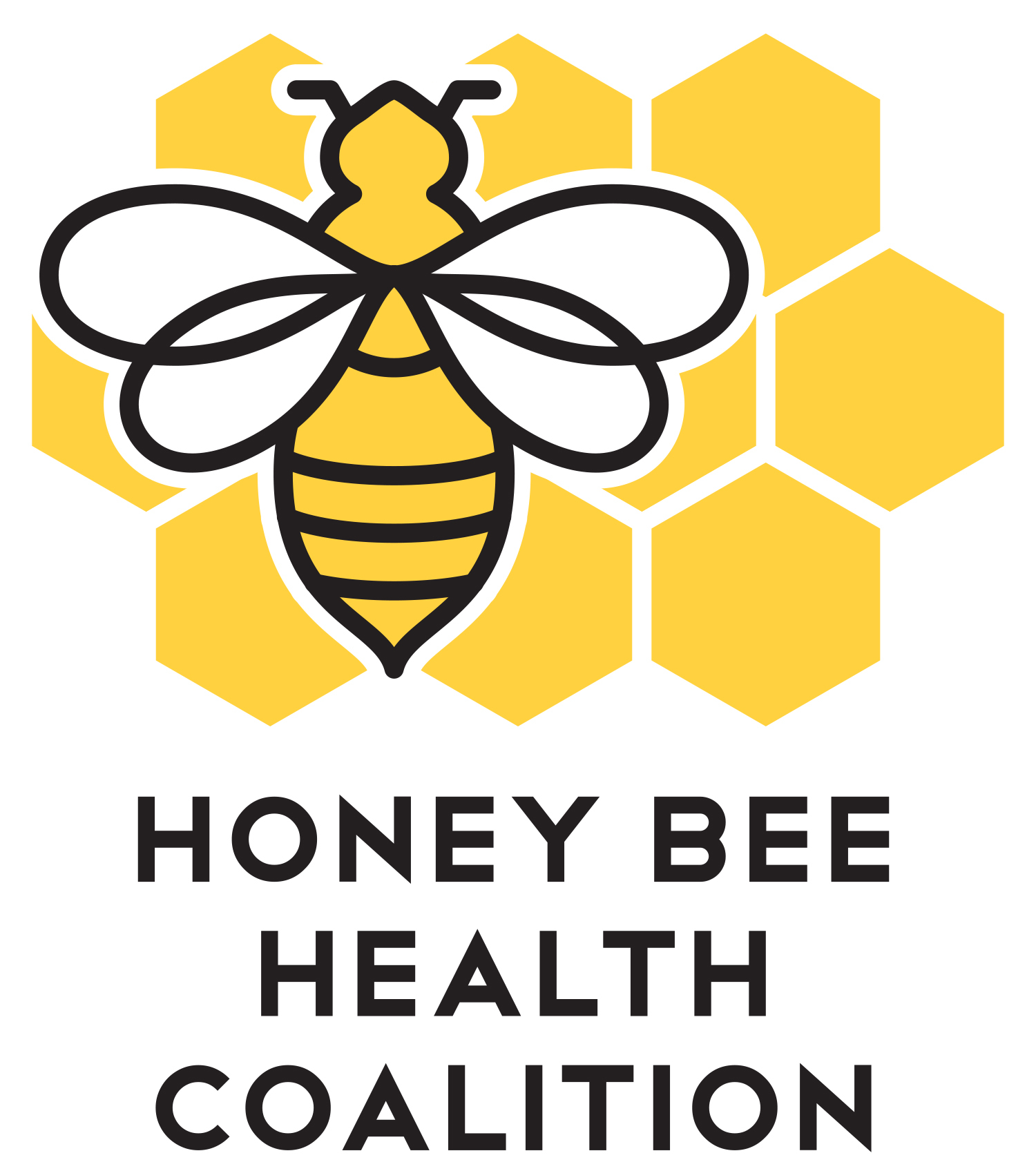North American Mite-A-Thon
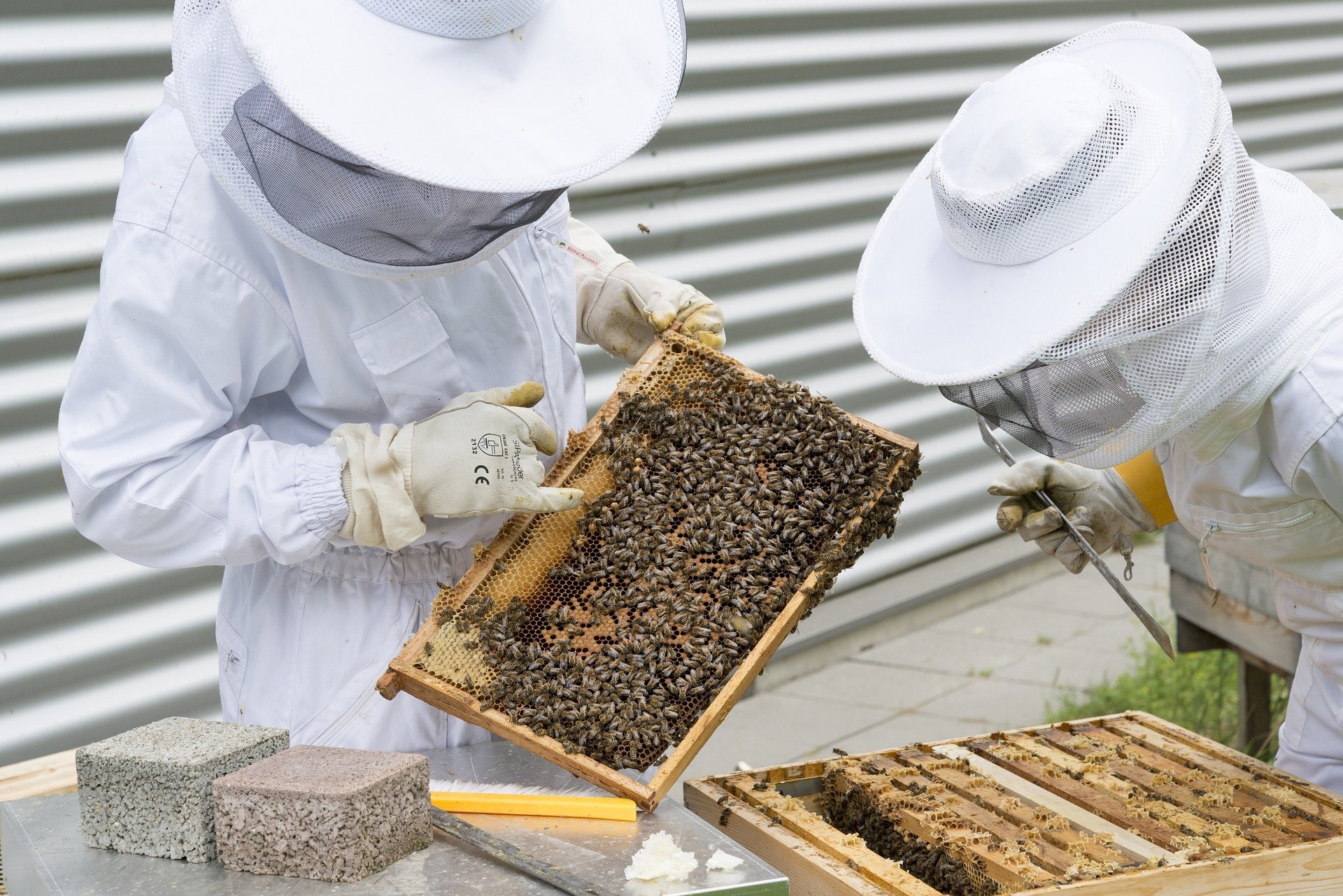
The Mite-A-Thon was a North American effort to collect Varroa mite infestation data in honey bee colonies. All beekeepers could easily participate by testing their hives for mites, creating a rich distribution of sampling sites in Canada, the United States, and Mexico. This initiative provided a platform for beekeepers’ associations to engage newer members and re-familiarize long-time members with proper Varroa monitoring techniques. It also opened the conversation on treatment practices, initiating a dialogue between beekeepers.
Mite-A-Thon is no longer in operation by Pollinator Partnership, however informational resources and past reports are still available to browse.
About Varroa Mites
Denis Anderson, 2007 CC-BY-SA 4.0
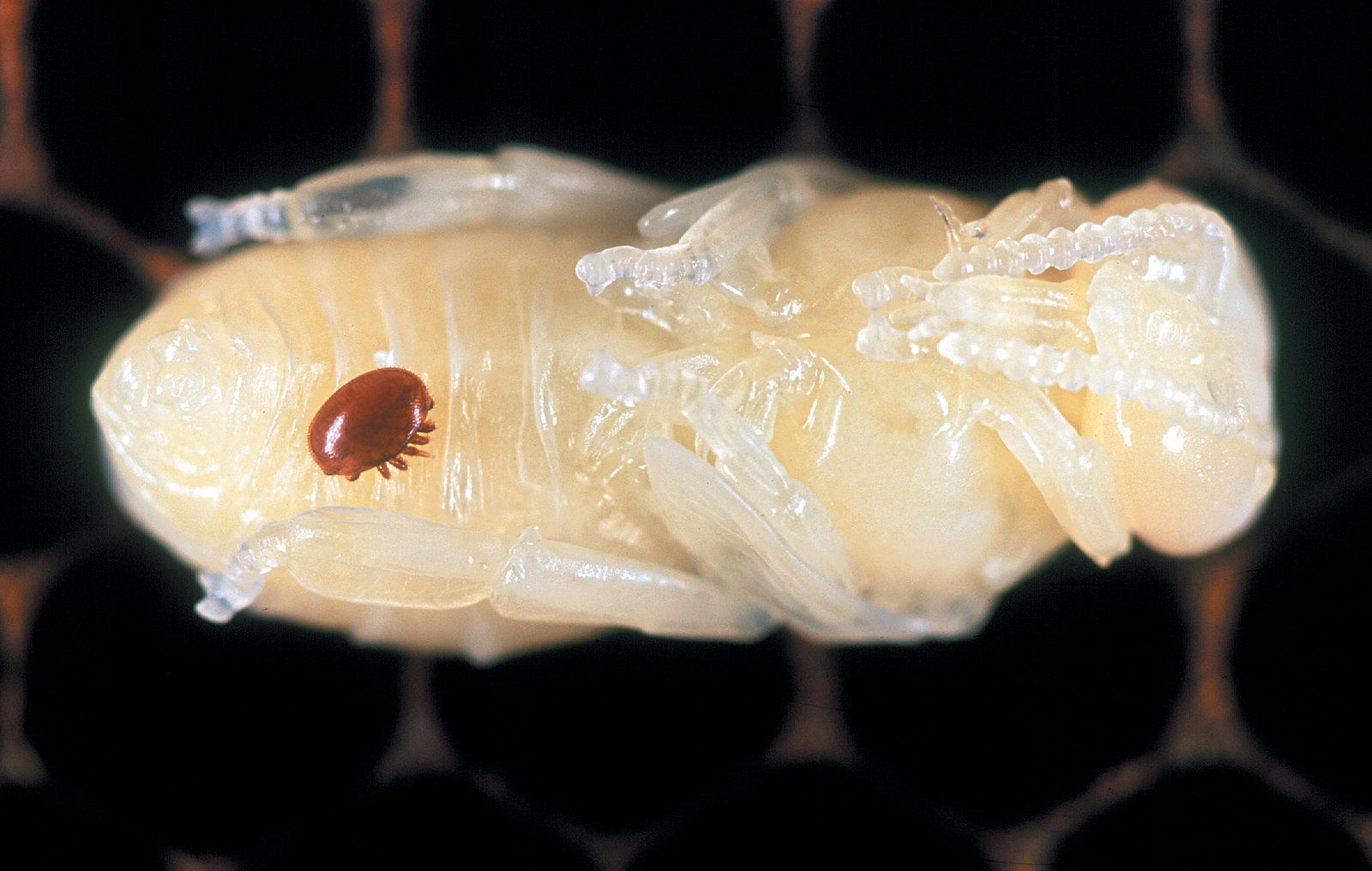
The varroa mite, Varroa destructor, is the leading cause of colony mortality in North American honey bee colonies. Honey bees face multiple stressors (pests, pathogens, pesticides, poor nutrition, and weather extremes). The combined effects might be more damaging than the individual effects of each stressor. Among all those stressors, varroa is arguably the single most important driver of colony mortality. It is both extremely damaging to the bees and widely spread, detected in over 90% of the colonies sampled by the APHIS National Honey Bee Disease Survey in the US.
Varroa is an ectoparasite of the honey bee that was inadvertently introduced into North America 30 years ago from Asia. In addition to the direct damage inflicted from the parasite, mites serve as a vector for a series of viruses. They also cause bees to have a higher risk of infection by compromising their immune systems.
There are significant data showing that low rates of varroa mite infestation make overwintering success more probable. The management of varroa mites implies both the monitoring of load levels in colonies and the use of control techniques (both prophylactic and therapeutic). However, even the first step, monitoring of varroa mite prevalence and load, can be rare in the beekeeping community, resulting in a large portion of beekeepers unaware of the level of infestation present in their colonies.
Description
Varroa destructor
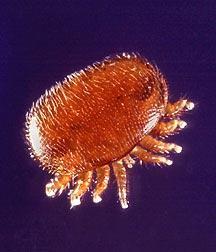
- Reddish-brown
- Scalloped-shaped shell
- Adults are 1.1 mm long and 1.7 mm wide on average
Who is at risk?
Ryan Hyde CC-BY-SA 2020
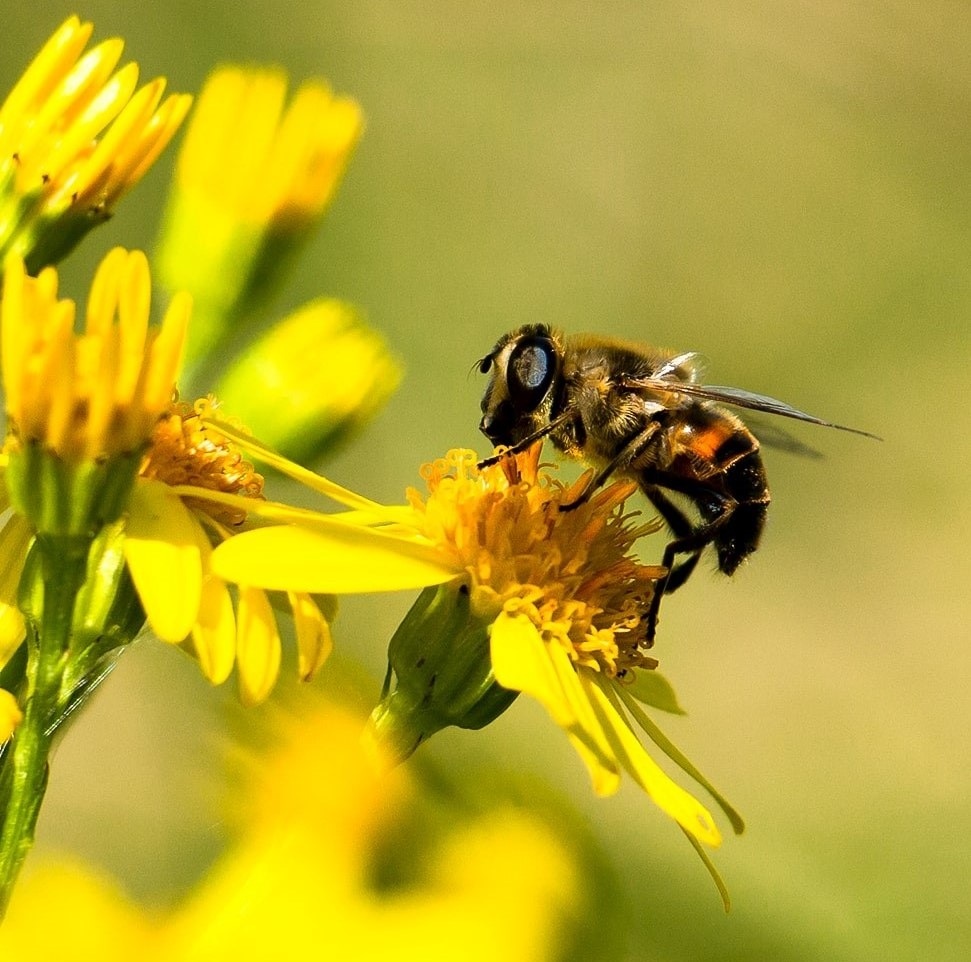
Beekeepers are not the only ones at risk for a varroa infestation. Apples, almonds, blueberries, cucumbers, melons, and peaches are all crops honey bees are responsible for pollination. This contributes to $217 billion dollars worth of global crop production. We depend on pollinators for 1 out of every 3 bites of food we eat. The presence of varroa mites undermine the success and quality of the crops humans need to survive.
Why You Should Check Your Hives
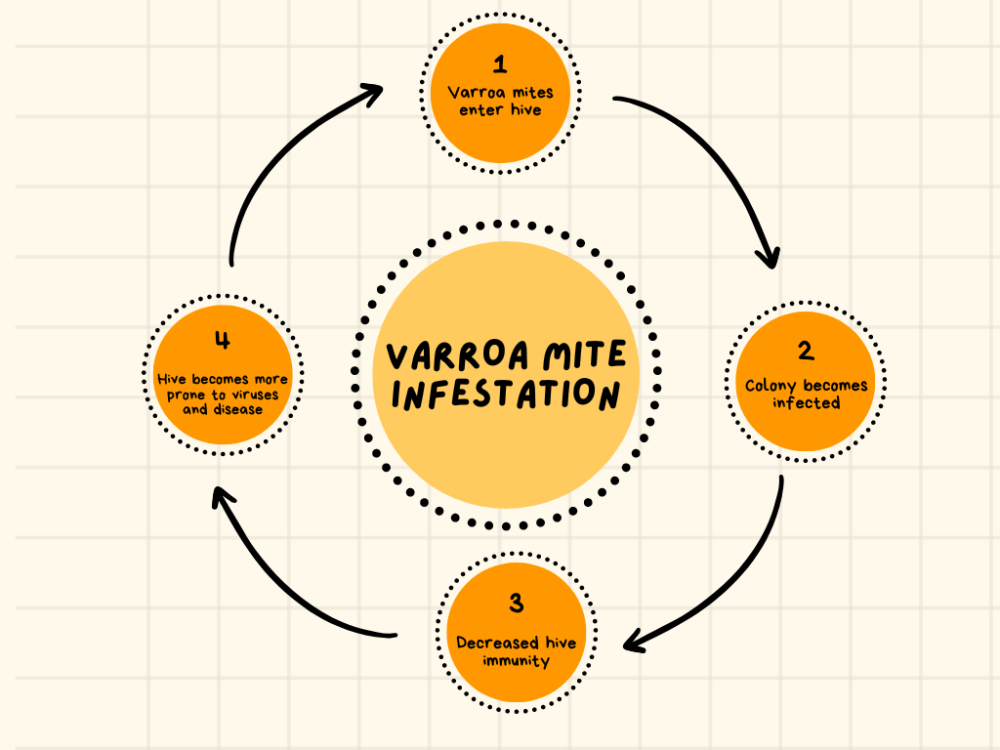
Varroa mites are detected in over 90% of the colonies sampled by the APHIS National Honey Bee Disease Survey in the U.S. If left unchecked, varroa mites can kill an entire colony. However, honey beekeepers can create a monitoring and management plan that suits their specific needs.
Monitoring your hives for the presence of varroa mites is the first step in protecting your honeybee colonies. Because this parasite was introduced only 30 years ago, there is little built-up honeybee resistance to a varroa mite infestation. Pesticides lose their effectiveness against varroa overtime due to increased resistance, necessitating outreach and education on how to prevent an infestation in the first place.
When to Check Your Hives
When is the best time to check your hives? Varroa mites populations occurring in managed beehives peak in the early fall and are suspected to be one of the main causes of overwintering loss. Therefore, performing a thorough inspection of your colonies in the spring and late summer is critical to preventing colony loss. It is important beekeepers are aware of the timing for varroa populations in order to monitor for infestations and intervene before an entire colony is wiped out.
How You Can Monitor a Varroa Mite Infestation
A varroa infestation may take years to develop and even low mite populations can worsen over time. Symptoms become more prevalent as the mite population increases, which is why it is best practice to have a proactive hive monitoring plan. Advanced infestations can cause:
1. Deformation of wings
2. Open or damaged pupa cells
3. Holes in pupa capping
4. Visible mites on adult worker bees or broods
*See the Bee Informed Partnership for more information on visual diagnostic methods
Monitoring Methods
Final Analysis Reports:
2019 Mite-A-Thon Final Analysis Report
2017 and 2018 Mite-A-Thon Analysis Report
Email miteathon@pollinator.org with any questions.
